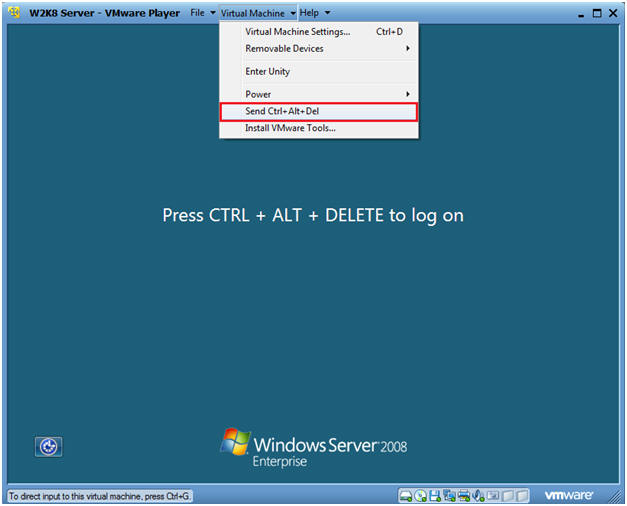

- #WINDOWS SERVER 2016 REMOTE DESKTOP PROTOCOL INSTALL#
- #WINDOWS SERVER 2016 REMOTE DESKTOP PROTOCOL FULL#
- #WINDOWS SERVER 2016 REMOTE DESKTOP PROTOCOL LICENSE#
#WINDOWS SERVER 2016 REMOTE DESKTOP PROTOCOL LICENSE#
For your forward-facing environment including Web Access, Gateway, Connection Broker, and license server, use Windows Server 2019 when possible.Consider the following as recommended by Microsoft: There are a few best practices with Windows Server 2016 Remote Desktop Services install. Windows Server 2016 Remote Desktop Services Best Practices
#WINDOWS SERVER 2016 REMOTE DESKTOP PROTOCOL FULL#
If they only need to interact with an application, offering the full desktop is very inefficient from a resource perspective. Often, an end-user only needs to access an application. RemoteApps – Remote applications are often a much more efficient way of delivering applications to end users since you are only publishing the application and not the desktop environment.Desktops – Either with session-based virtualization or full-blown VDI desktops, you can deliver a full desktop to your end-users who need this functionality.

What other benefits and features does Windows Server Remote Desktop give to your end-users? Within the capabilities of RDS, you also have the ability to deliver: This provides a great option for users who need a highly customized desktop with individualized toolsets

#WINDOWS SERVER 2016 REMOTE DESKTOP PROTOCOL INSTALL#
In this post, we will take a look at Windows Server 2016 install remote desktop services steps to see how you can easily provision a Windows Server 2016 RDS server. Remote Desktop Services is fairly easy to provision and provides the ability to allow remote workers to easily connect to business infrastructure. Remote Desktop Services is newer technology iteration of the older Terminal Services technology that many remember from older Windows Server operating systems. One of the technologies that has been around for a while is Remote Desktop Services (RDS). It has meant that businesses have had to provision the infrastructure needed to allow workers to connect to business-critical applications, services, and data to carry out essential job functions. This year has been a year like none other with organizations scrambling to bolster their remote work infrastructure.


 0 kommentar(er)
0 kommentar(er)
